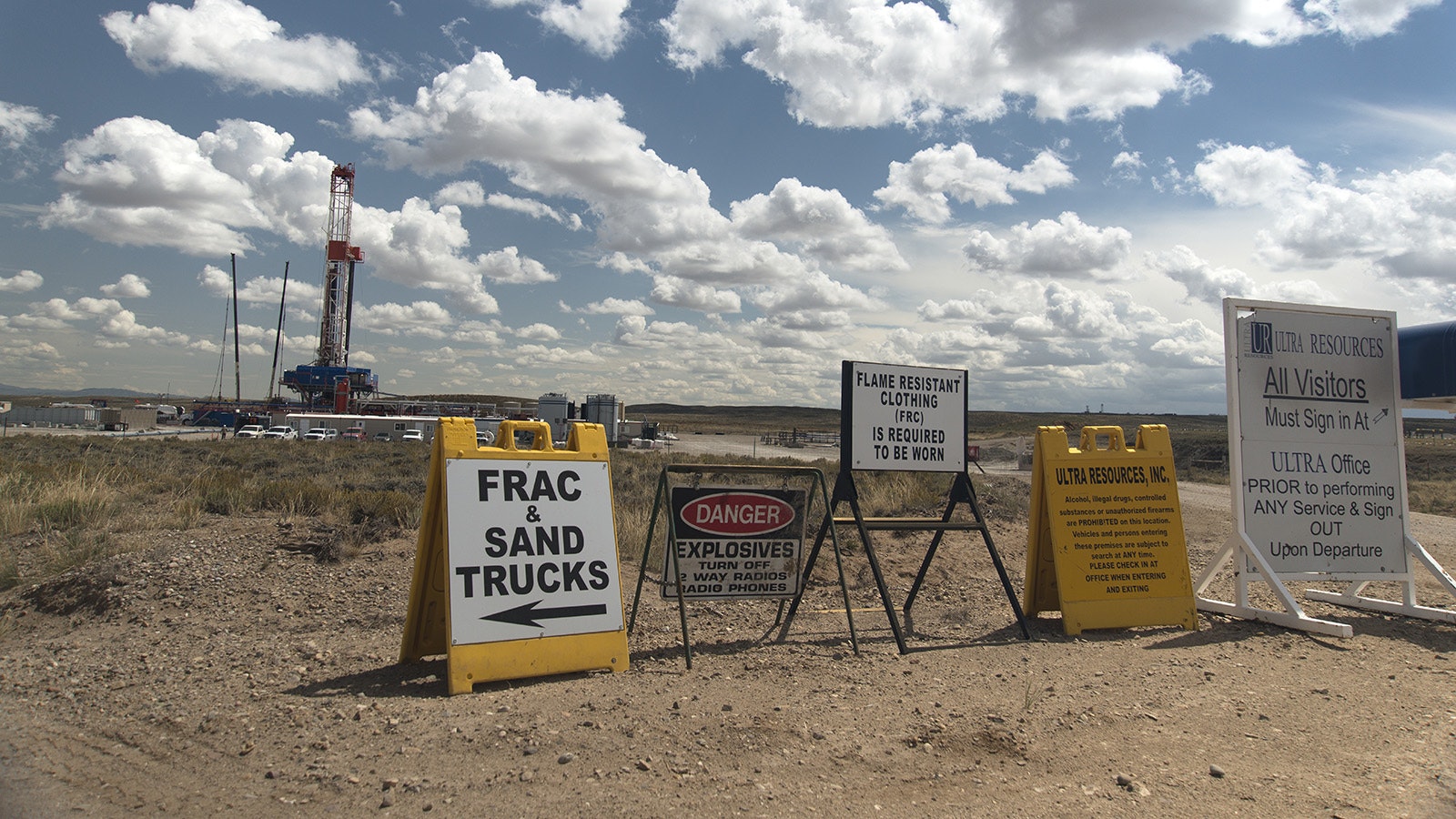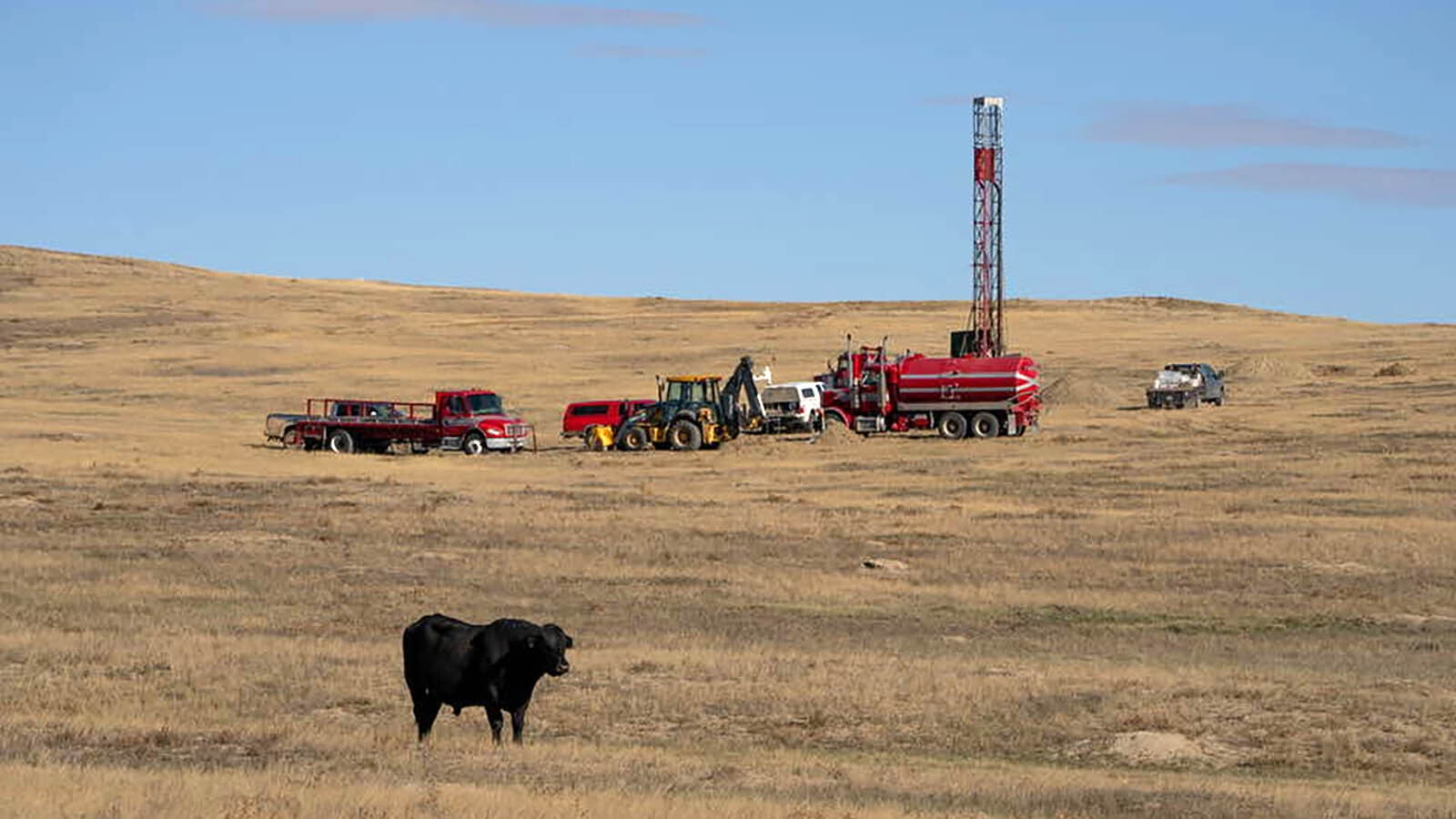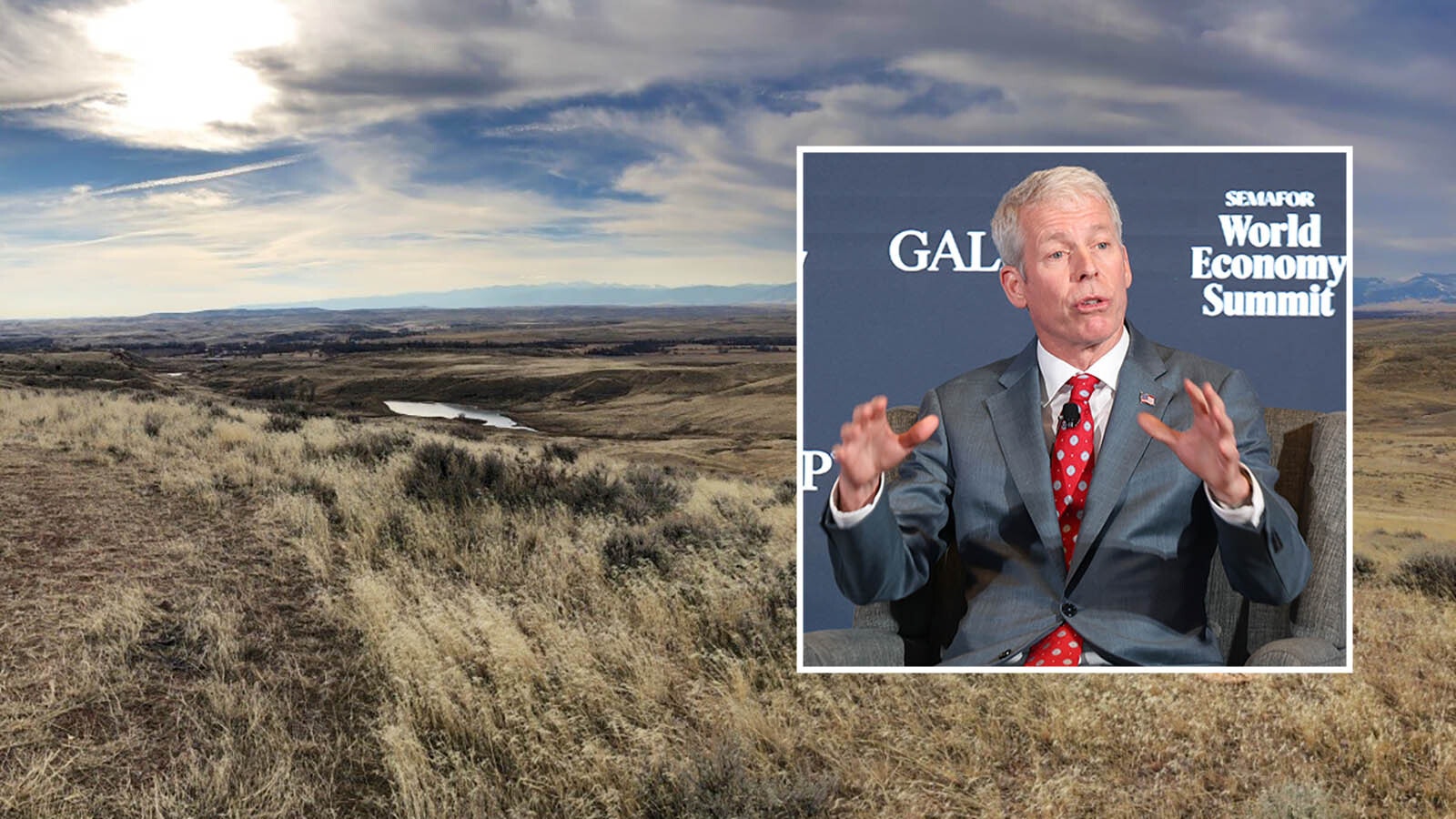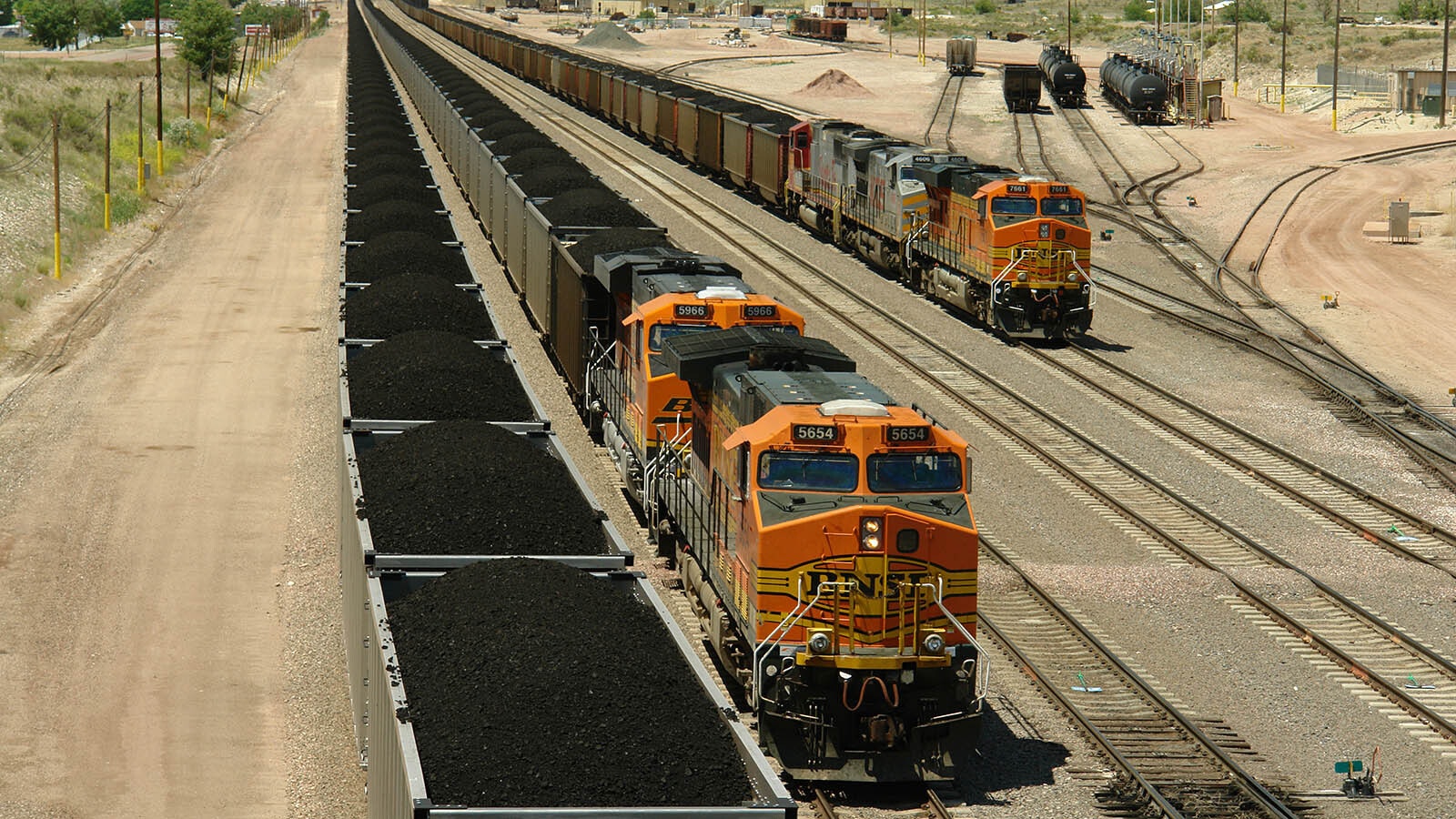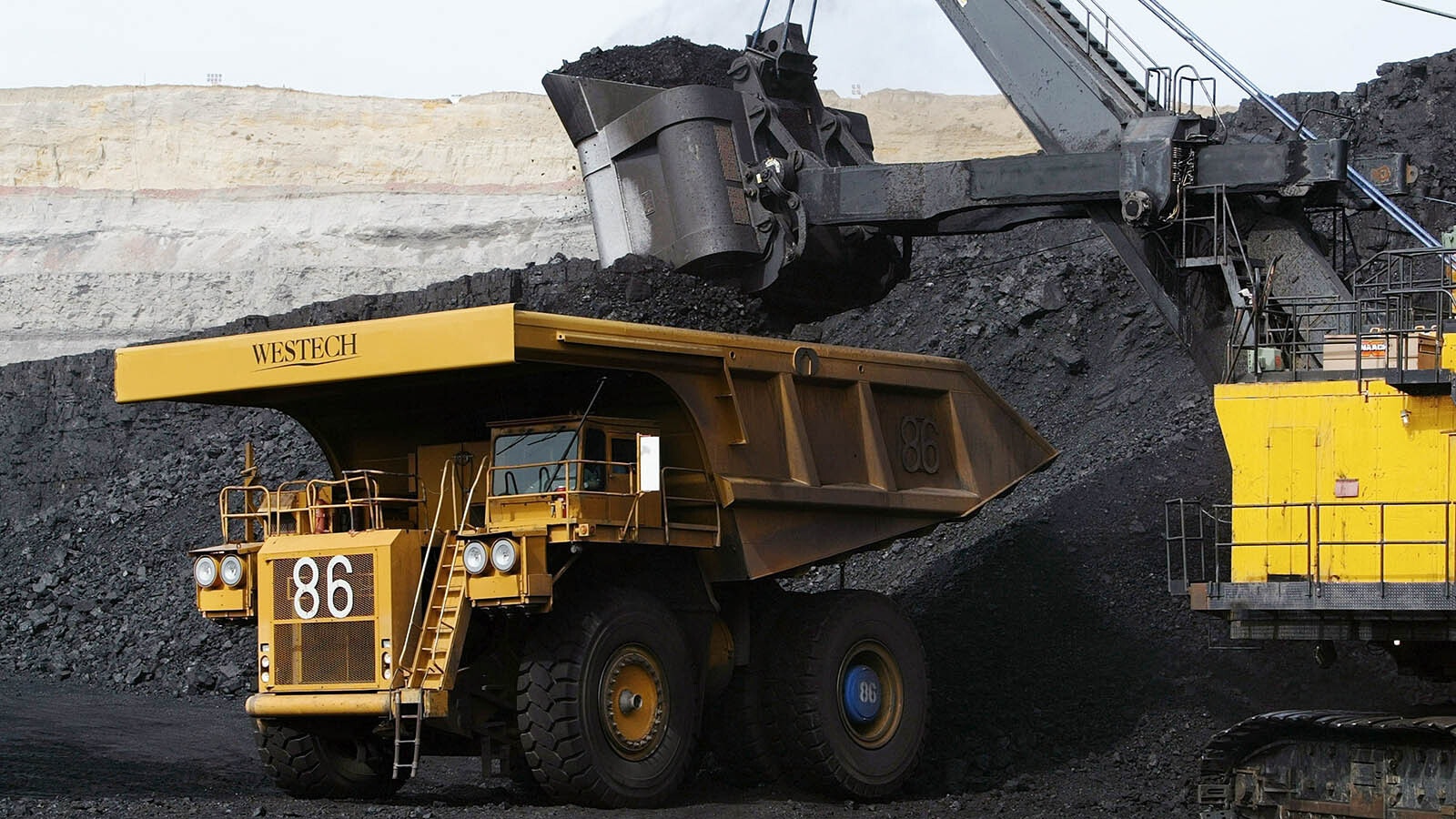The next big oil strike in Wyoming could come from a familiar formation.
Wyoming’s Mowry Shale underlies much of the state and has long been known as the source rock for many of the Cowboy State’s best oil and gas producing regions, particularly the Powder River Basin in the northeast part of the state.
A study by the U.S. Geological Survey in the early 2010s shows untapped reserves of 200 million barrels of oil in the Mowry. Figuring out how to tap that would go a long way to extending Wyoming oil and gas plays for existing producers and would be a huge economic boon for the state.
That might only be the tip of the oil iceberg, though.
“As we’ve learned more about the Mowry, that number is probably going up,” University of Wyoming School of Energy Resources Director Scott Quillinan told Cowboy State Daily. “But we need to look at it a bit more to understand what the size of the prize could be.”
‘It’s Economics, Law, Policy’
The size of the prize is one of a dozen feasibility studies the School of Energy Resources will begin drilling into with $2.5 million approved last year by the Wyoming Legislature. The money is on top of $500,000 in preliminary work done last year, funded by Wyoming Energy Authority.
The grants are all in three basic pots — exploration, economic feasibility and enhanced production.
“We’ve got 20 faculty researchers across 13 projects form eight different departments (to work on this),” Quillinan said. “So this isn’t just geologic or petroleum engineering. It’s economics, law, policy — it’s all the different disciplines needed to understand where the uncertainty lies with this play.”
In addition to all of the faculty involved in the project, 20 doctoral students will be tapped to work on and learn about the Mowry Shale.
“Hopefully, as those students finish their projects, they can go and get jobs at these companies and bring that expertise about the Mowry Shale into industry,” Quillinan said.
What’s Been Stopping Mowry Shale Production
Despite the richness of the formation, there are now very few oil wells producing directly from the Mowry Shale.
There are a few, but they’re not necessarily the highest producing wells.
Mowry Shale is brittle enough and would lend itself well to the hydraulic fracturing techniques common in tight oil plays. But there’s a big problem — bentonite.
Bentonite is well-known as a highly absorbent type of clay. Spill some of that on a roadway — as happened recently near Buffalo — and it’s a big deal. Get it wet, and it’s an even bigger deal.
Bentonite clay just mushrooms in the presence of water, expanding quickly and gumming everything up. Think extra stiff peanut butter and you’ll have an idea how difficult this stuff can be out in the drilling field.
“When you frack it, those fractures go out and they hit that peanut butter and they just don’t really propagate through,” Quillinan said. “And if they do propagate through the clay layers, or the peanut butter, you can’t keep them open, so it closes back behind it. We know the oil is there, but techniques to produce it are still being determined.”
Plenty Of Potential Partners
Industry interest in unlocking the potential of the Mowry Shale is high, Quillinan told Cowboy State Daily.
“The response has been great,” he said. “I’ve been getting lots of phone calls on how industry can engage. We’ve talked a lot about samples that they have access to. The more samples we have, the better we can do our work.
“The discussions are still early, so we’re discovering really, how we can engage, but there’s been lots of response from industry partners.”
Quillinan couldn’t say yet which companies UW will partner with, as agreements are still being worked out, but did say it includes some of the largest producers in the Powder River Basin.
Those companies include Contango, Continental Resources, Devon, EOG Resources, Vermilion Energy and Occidental Petroleum.
Continental is one of the newest and largest entrants to the Powder River Basin, and the now privately held oil and gas corporation appears to be making a big play here.
It bought assets from Samson Resources in 2021, running a couple of rigs in the basin. Then in 2022, the companydoubled down on its investment with the $450 million purchase of another 172,000 net acres with 350 operated wells from Chesapeake Energy.
Break-evens across the Powder River have dropped tremendously since 2015, when they were averaging in the $70 per barrel range, according to data from analysts. In 2021, when Continental made its first purchase, break-evens were hovering just under $50, which compared favorably to WTI prices.
Bringing in the Mowry Shale would deepen the Powder River Basin’s multi-horizon potential, and could be generally applicable to many other plays in Wyoming. Cracking the Mowry could further improve the break-evens for wells across Wyoming.
Editor's note: This story has been corrected to reflect there's 200 million barrels of oil in the formation, not 200 billion.
Renée Jean can be reached at renee@cowboystatedaily.com.

